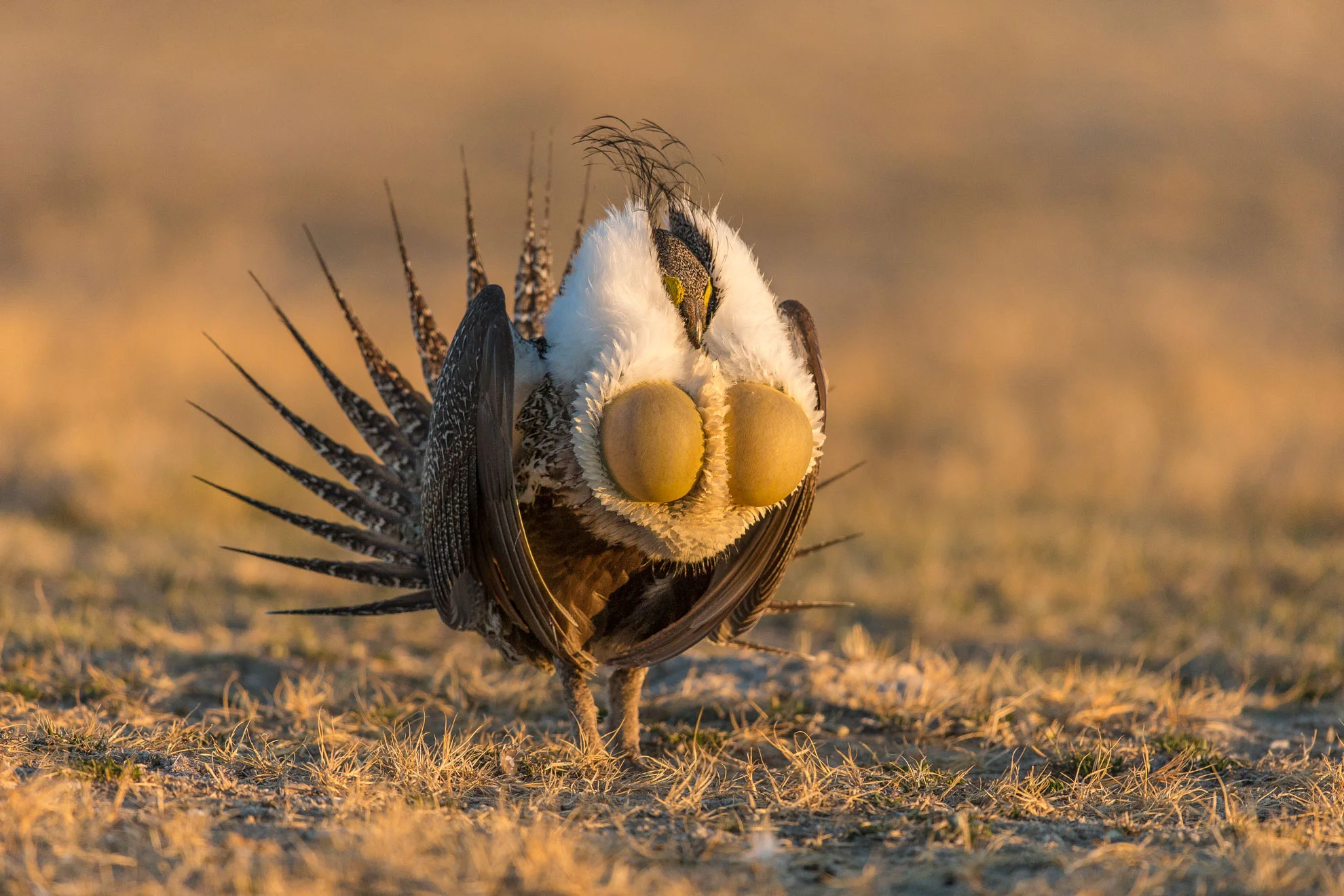In a recently published study, it has come to light that there has been a widespread decline in birds throughout the United States, with the exception of one particular habitat.
Within these pages, we delve into the crucial discoveries outlined in the report, taking a closer examination of ten bird species native to the U.S. These ten species, referred to as “tipping-point” birds, have experienced significant population declines over the past half-century.
Have you had the opportunity to spot any of these ten bird species recently? Have you observed a decrease in their numbers, or perhaps noticed a decline in other species as well? We eagerly await your input in the comments section.
The State of Birds Report for 2022 was released by the North American Bird Conservation Initiative (NABCI), a committee operating within the United States. This comprehensive report utilized the most up-to-date scientific data and monitoring techniques to assess the current state of bird species across the nation.
The previous comprehensive study on the country’s birds was conducted in 2019, during which it was discovered that nearly 3 billion birds had been lost in the U.S. and Canada over the preceding five decades.
The 2022 State of Birds Report has revealed the following findings:
- More than half of bird species in the U.S. are experiencing a decline.
- The most rapid decline in bird populations has occurred in grassland habitats, with a loss of 34% since 1970.
- During the same period, waterbirds and ducks have shown an increase of 18% and 34%, respectively.
- A total of 70 tipping-point species have been identified, each having lost 50% or more of their populations within the last half-century.
- If no intervention occurs, these species are projected to lose an additional 50% in the next 50 years. Among these species are the rufous hummingbird, golden-winged warbler, and black-footed albatross, none of which are presently included on the Federal Endangered Species Act.
- Hawaii’s ten most endangered species collectively consist of fewer than 5,500 individual birds.
(source)
The report outlines two main trends, one that offers hope and another that presents a dire situation.
On a positive note, extensive monitoring of waterfowl populations has demonstrated an increase in areas where investments in wetland conservation have improved conditions for both birds and humans.
However, the data also reveals a concerning decline in bird populations across all other habitats, including grasslands, deserts, forests, and oceans.
The U.S. Fish and Wildlife Service has identified 269 migratory and nongame bird species that are likely to be candidates for inclusion on the Birds of Conservation Concern (BCC) list unless further conservation measures are implemented.
Despite the State of Birds report painting a rather bleak picture of the condition of birds in the U.S., it emphasizes the potential for species recovery through investments in conservation efforts.
Birds on the Verge
The State of Birds 2022 report identifies a total of 70 tipping-point species. Presented below are captivating images and intriguing facts about ten remarkable species at the precipice.
The Migratory Bird Treaty Act has been instrumental in safeguarding over a thousand bird species, with 89 of them receiving additional protection to prevent their extinction, as they are listed as either threatened or endangered.
The tipping-point species represent additional birds that have been identified as potential candidates for listing, collectively experiencing a decline exceeding two-thirds of their populations over the past 50 years.
These species are either on a trajectory to lose 50% more of their populations in the next five decades or already face critically low populations and significant threats, yet lack sufficient data to evaluate their current status. (source)
American Golden Plover
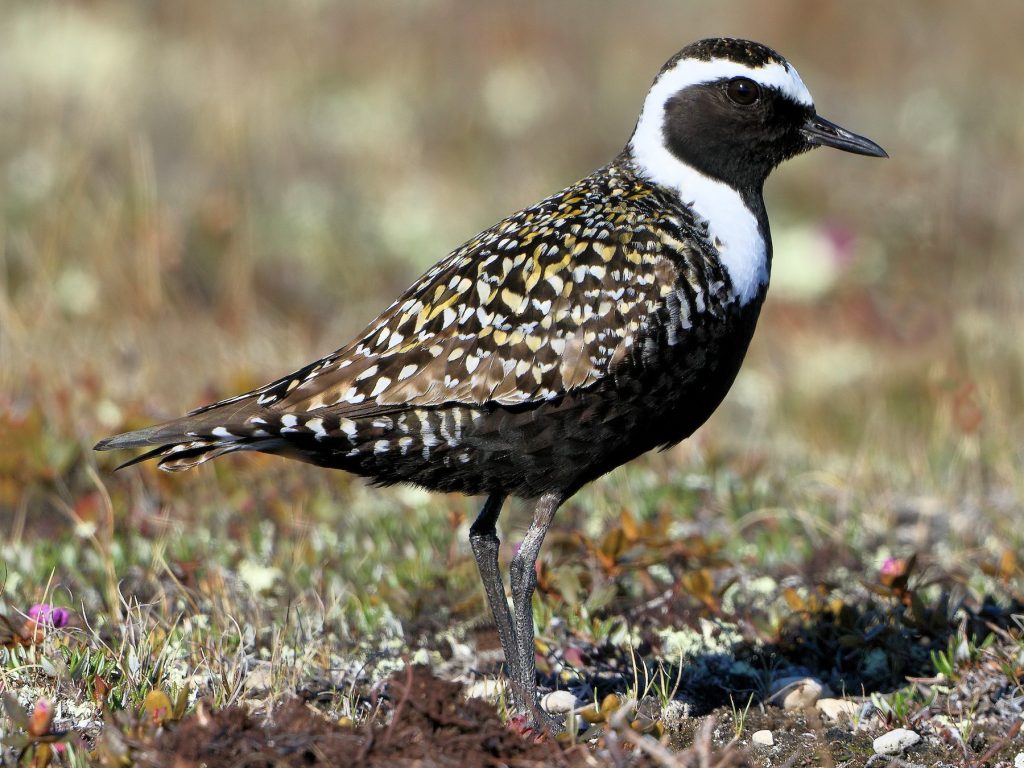
Breeding throughout the expansive North American tundra, the American Golden Plover is a distinctive shorebird adorned with captivating markings. These avian individuals display remarkable fidelity to their breeding grounds, returning year after year. Both male and female birds partake in defending their territories. The species constructs its nest as a shallow scrape, delicately lined with lichen.
The primary threat faced by the golden plover stems from climate change. Rising temperatures have rendered the southern portions of their range uninhabitable.
Black-Footed Albatross
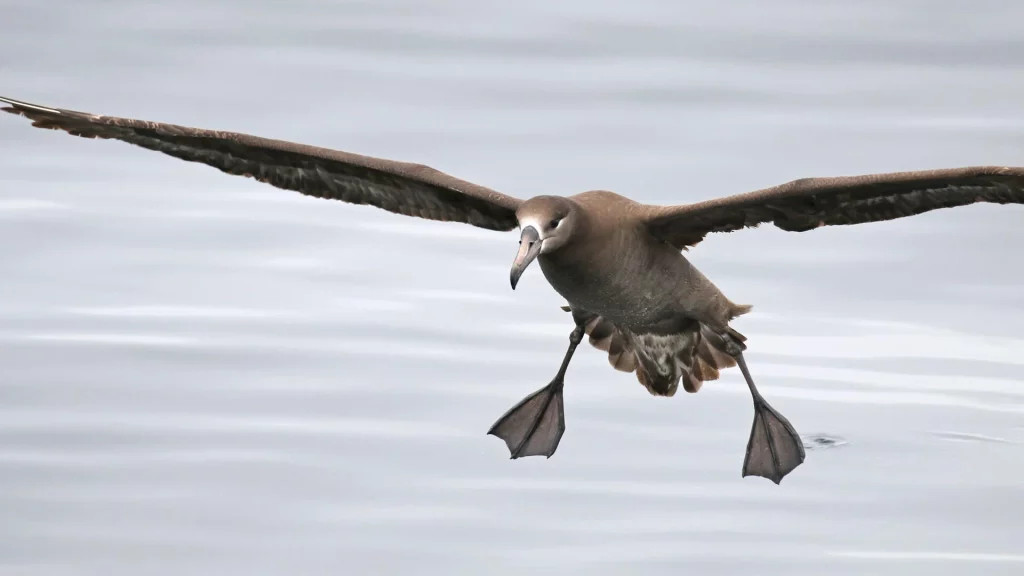
Residing predominantly in the North Pacific Ocean, the black-footed albatross is a majestic seabird, with a significant breeding population found in the Northwestern Hawaiian Islands. This species stands alone as the sole dark-plumaged albatross inhabiting the North Pacific. During non-breeding periods, it ventures across the Pacific, reaching as far as Alaska, California, Taiwan, and the Bering Sea.
While its diet mainly consists of squid and flying fish eggs, the black-footed albatross is also known to trail ships and trawlers, capitalizing on any leftover scraps.
Bycatch resulting from fisheries and rising sea levels, which lead to flooding of nests and diminished nesting locations, pose threats to the species’ survival.
Bobolink
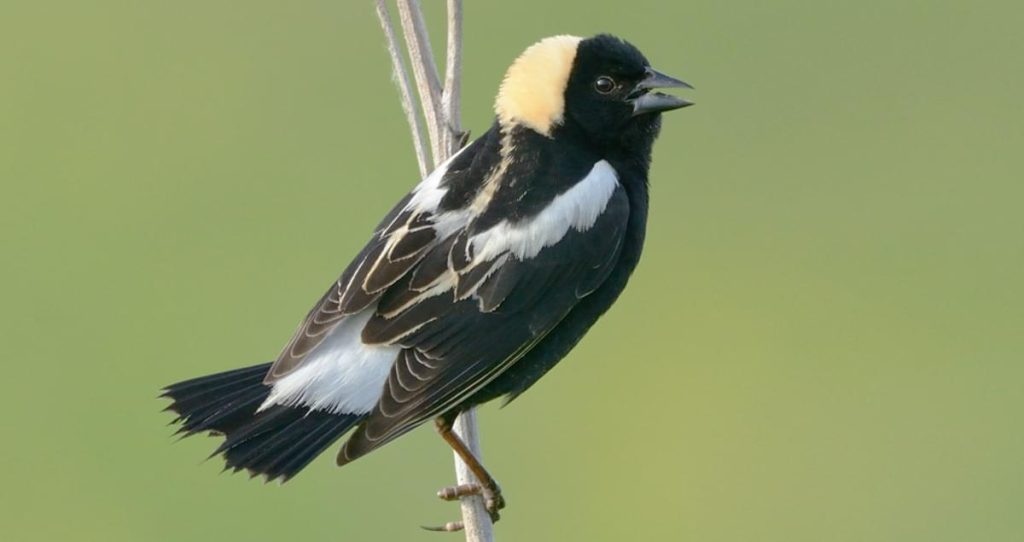
The bobolink is an extraordinary migratory bird, embarking on a round-trip journey of approximately 20,000 kilometers from North America to regions south of the Equator. It stands as one of the first documented polygynous species, wherein females lay eggs fertilized by multiple males.
Dubbed the “Rice bird,” the bobolink has earned this nickname due to its propensity for feeding on cultivated grains. As a result, it has often been perceived as an agricultural nuisance.
The decline in meadows and hay fields resulting from changes in agricultural practices represents the primary cause behind the species’ diminishing numbers (source).
Chimney Swift

Chimney swifts spend their winters in the upper Amazon basin before migrating to North America in immense numbers. Their most notable presence is observed during migration, as flocks of thousands of these birds elegantly swirl above chimneys, resembling tornado-like formations. They gracefully descend at dusk to roost.
Chimney swifts build their nests within chimneys and old structures, expertly crafting them using woven twigs bound together by their adhesive saliva.
The increased use of pesticides has been identified as a potential factor contributing to declining chimney swift populations, as these chemicals negatively impact insect populations (source).
Great Black-Backed Gull
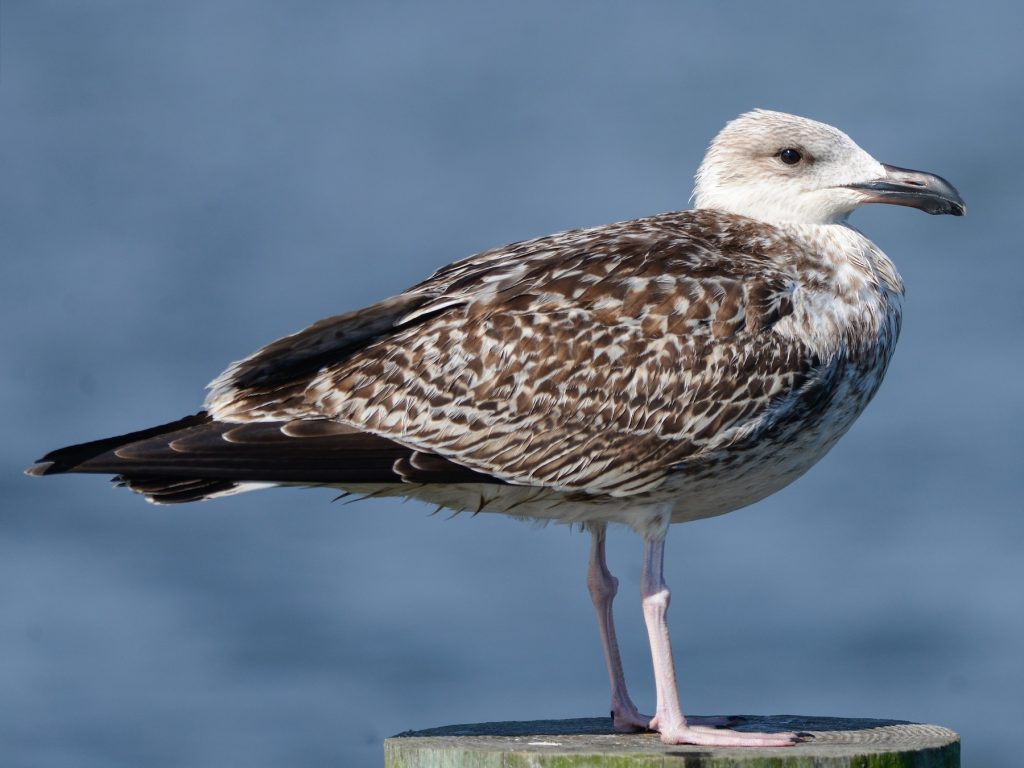
Thriving along the northeastern coast of the United States, the great black-backed gull finds its habitat near the shores of lakes, seas, and oceans. It holds the distinction of being the largest gull species worldwide.
These opportunistic birds sustain themselves on a diet primarily composed of fish and marine invertebrates. Over the past few decades, they have become increasingly dependent on discards from the fishing industry. Unfortunately, such discards have become less available, and the natural environment’s food supply has dwindled, leading to a 68% decline in North American populations since 1985 (source).
Greater Sage Grouse
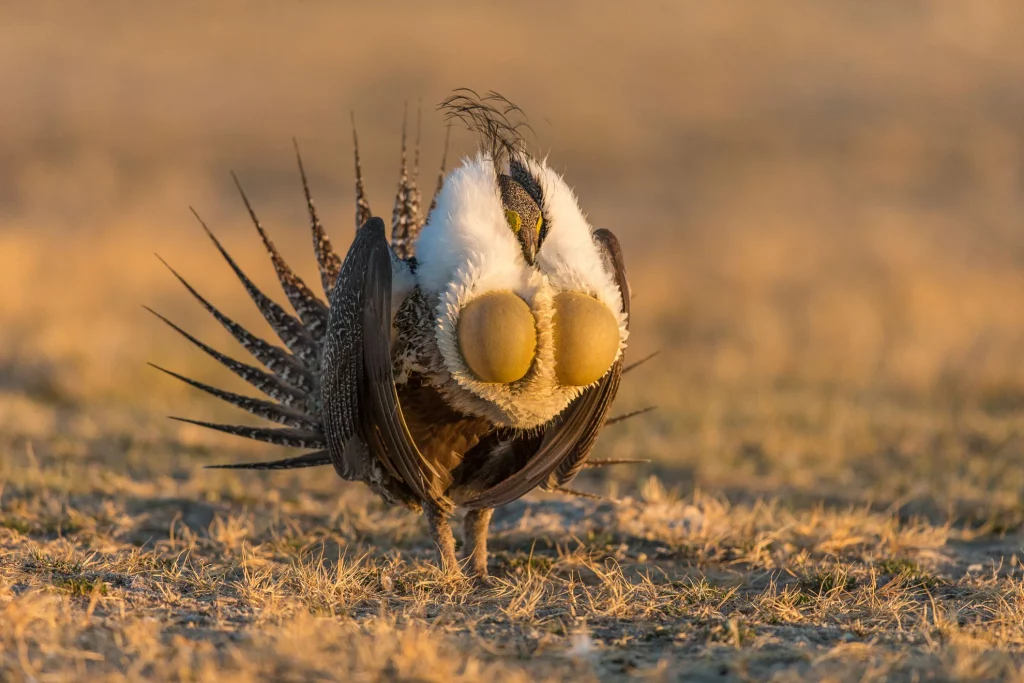
As the largest grouse in North America, the greater sage grouse is emblematic of habitats dominated by expansive sagebrush. This captivating species has captivated numerous groups of individuals, from Native Americans to naturalists, photographers, and hunters.
The greater sage grouse is renowned for its impressive breeding displays, during which large groups of males engage in elaborate strutting exhibitions on lek sites to attract females.
Habitat destruction emerges as the primary cause of the species’ decline, stemming from energy development, cultivation, overgrazing, and controlled burns, all of which have encroached upon their range (source).
Ivory Gull

Distinguishing itself from other gulls, the ivory gull boasts a pristine white plumage, serving as a reflection of its Arctic habitat.
Within North America, the species exclusively breeds in the Canadian Arctic, with the largest breeding colony discovered on the uninhabited Seymour Island, Nunavut.
Regrettably, the ivory gull population in Canada has experienced a rapid decline of approximately 70% since the 1980s (source). While hunting was initially a significant factor, the species now benefits from legal protection. However, the loss of sea ice poses the greatest threat.
Ivory gulls heavily rely on sea ice for breeding and hunting purposes. Their range coincides with that of polar bears and seals, from which they scavenge for sustenance. Without adequate sea ice, these birds encounter difficulties in locating sufficient food for themselves and their offspring, as well as suitable nesting sites.
Lesser Yellowlegs
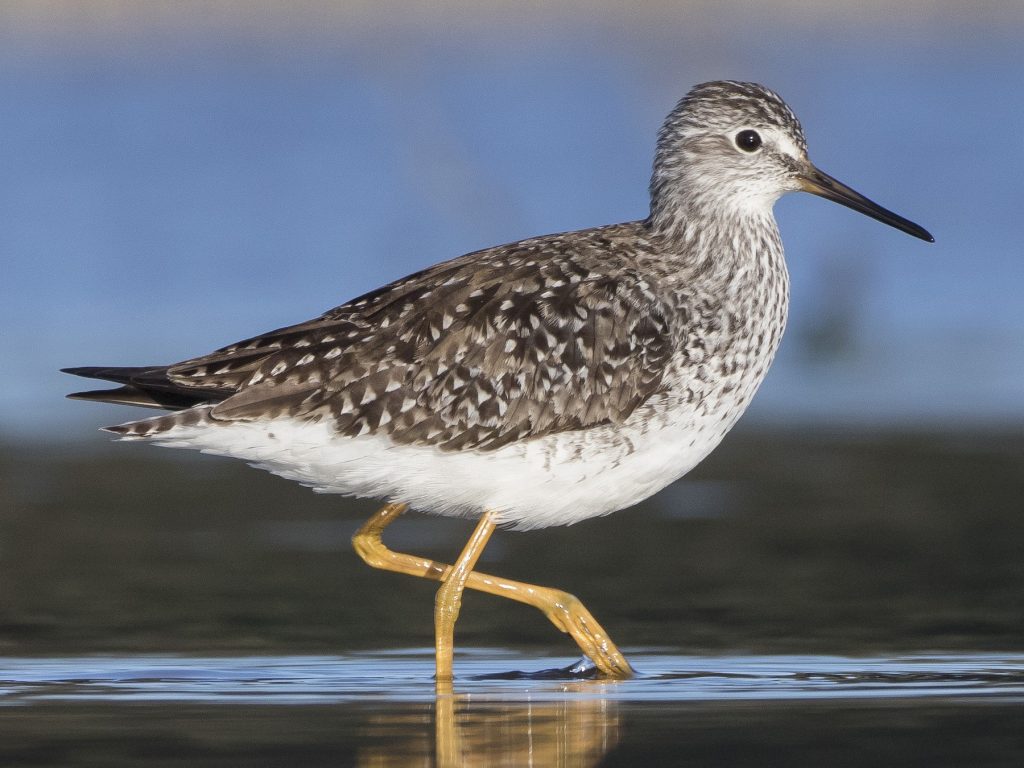
The lesser yellowlegs, distinguished by its long, vibrant yellow legs, is a medium-sized shorebird. During the summer, it breeds around ponds situated within open woodlands and meadows spanning from Alaska to Quebec.
As part of its migratory pattern, the species journeys south to spend the winter in a diverse range of wetland habitats across the Southern United States, West Indies, and Central and South America.
Since the late 1800s, lesser yellowlegs have been popular targets for hunters due to their tendency to hover over wounded flock mates, making them vulnerable to harvest. While hunting is now prohibited in the United States, recent estimates indicate that between 7,000 and 15,000 individuals are shot during each fall migration in locations like Barbados, with significant hunting taking place in Guadeloupe, Martinique, Suriname, and Guyana.
Habitat loss also poses a significant threat to the species’ survival.
Rufous Hummingbird
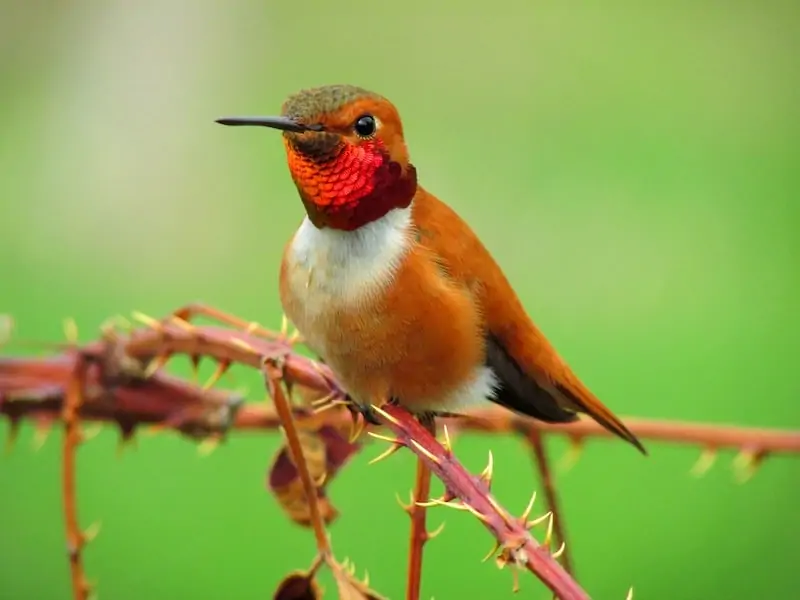
A rufous hummingbird feeding on nectar.
The rufous hummingbird, despite its diminutive size of merely 8 centimeters and weighing between 2 and 5 grams, undertakes an extraordinary migration spanning over 2,000 miles. These avian travelers voyage from their winter range in Mexico to their breeding grounds in the Rocky Mountains, with some birds venturing as far north as Alaska.
This hummingbird’s migration aligns with the blooming of wildflowers, from whose nectar it draws sustenance using its elongated tongue. Insects, captured while in flight, also supplement its diet.
The rufous hummingbird faces potential threats stemming from declining insect populations, primarily due to pesticide use. Moreover, climate change has resulted in many of the flowers on which the species relies blooming earlier than the arrival of these hummingbirds, resulting in reduced food availability.
Tricolored Blackbird

The tricolored blackbird earns its name from the striking plumage of the male, characterized by a combination of black feathers with red and white patches on the shoulders. This visual distinction sets it apart from the red-winged blackbird, which, although similar in appearance, lacks the white stripe beneath the red shoulder patch.
As the largest breeding colonies of any North American land bird, tricolored blackbirds congregate in massive numbers, with a single colony potentially housing hundreds of thousands of individuals.
One notable instance from the 1930s estimated a tricolored blackbird colony to encompass over 200,000 nests, spanning an area of nearly 24 hectares.
Over 99% of the tricolored blackbird’s total population is concentrated in California. Due to the species’ tendency to nest in large groups, it faces vulnerability to nest failures, which have the potential to impact thousands of nests simultaneously.
Urbanization, leading to the destruction of natural habitats, has resulted in significant population losses for the tricolored blackbird. Furthermore, changes in farming practices have led to a reduction in insect populations, further exacerbating the challenges faced by this species.
